The answer is known to scientists and supported by basic physics, but we wanted to see it for ourselves. So, instead of waiting for a flood, we built a model river valley & flooded it propub.li/2M9uNKJ
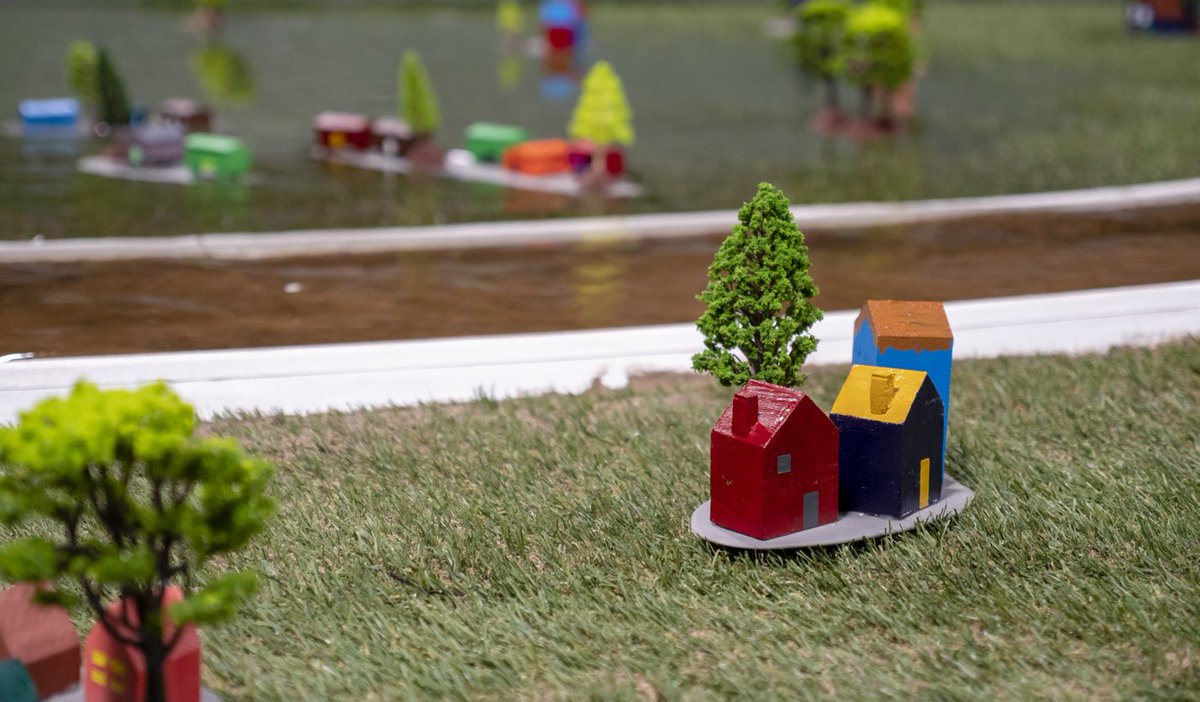
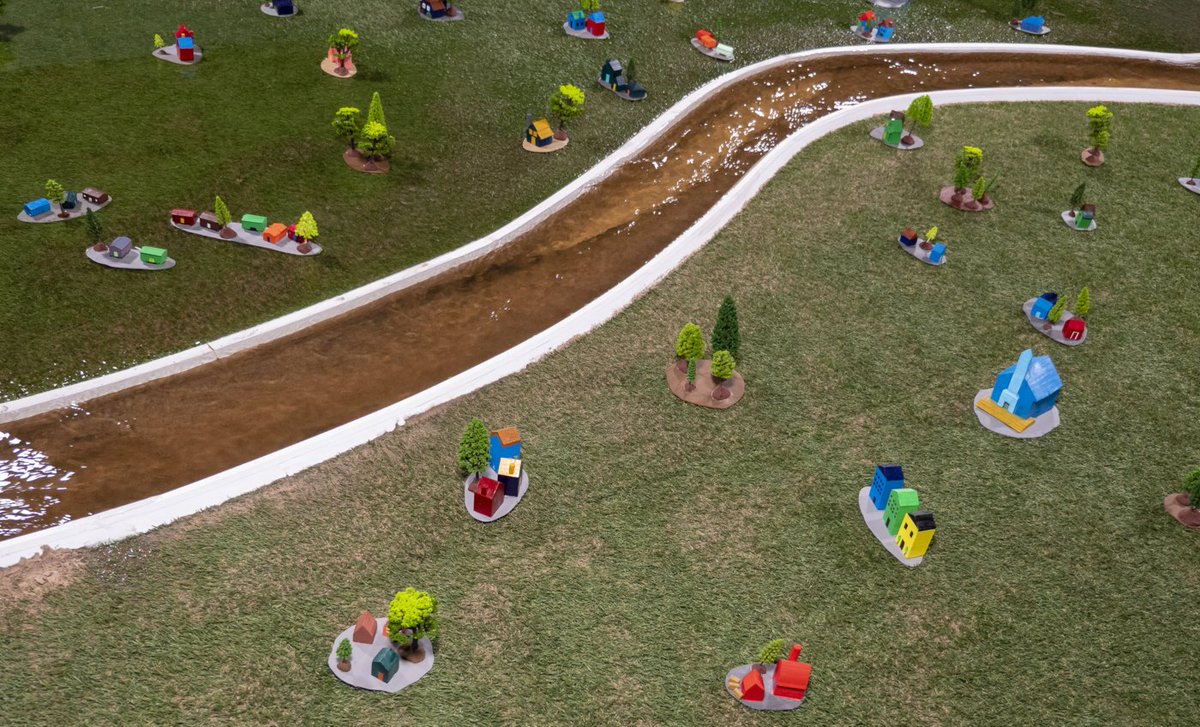
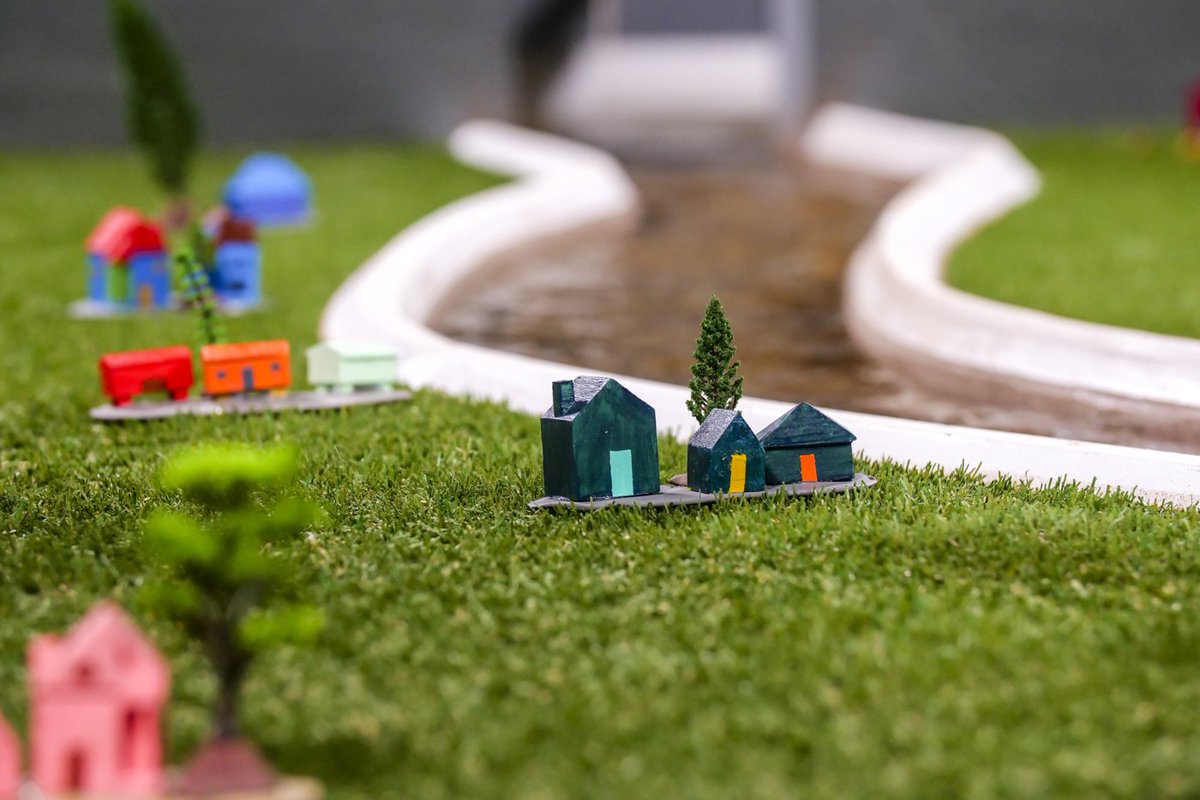
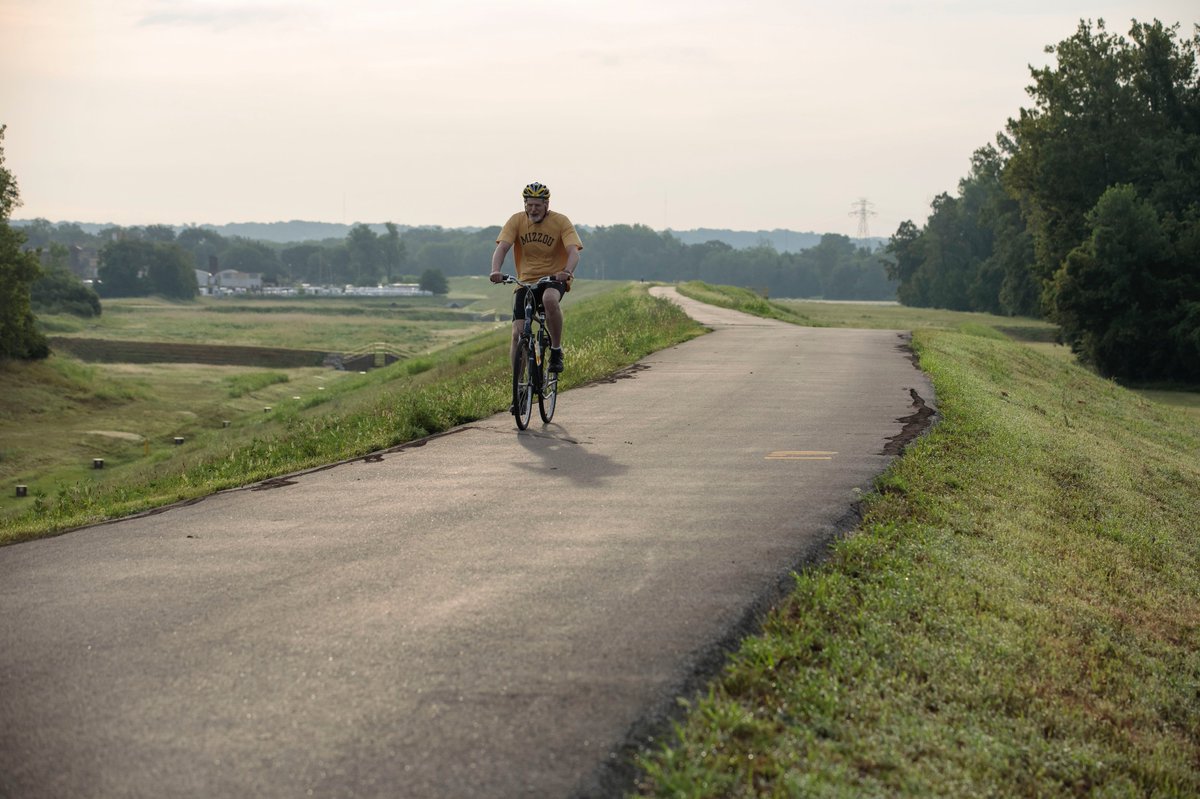

propub.li/2KChcqR
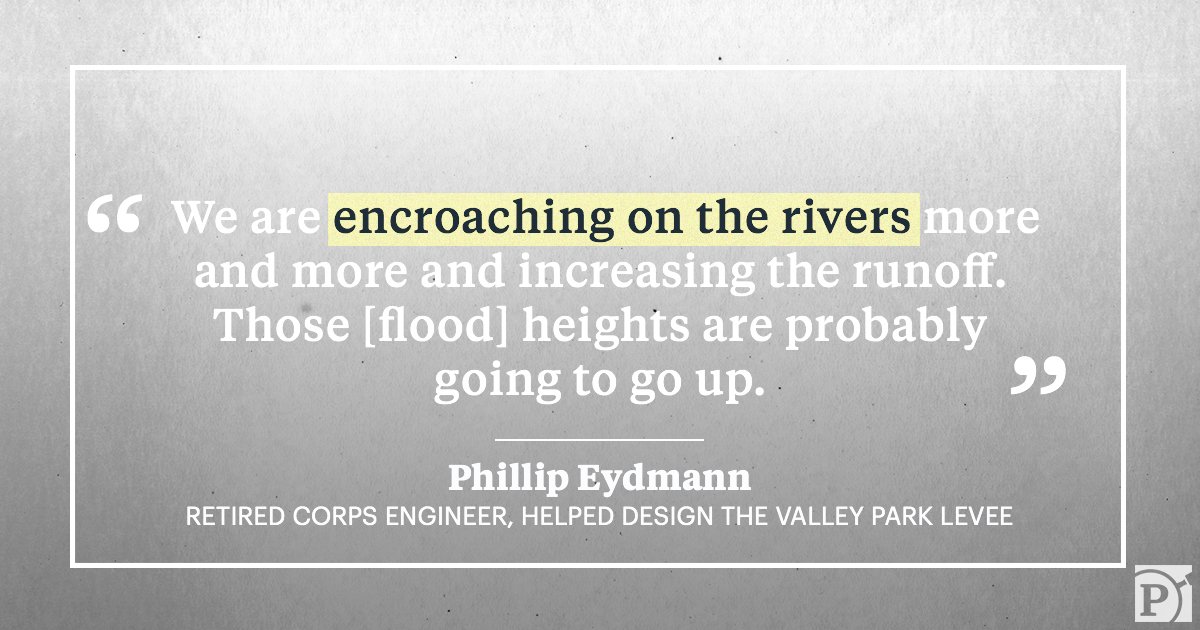






Twitter may remove this content at anytime, convert it as a PDF, save and print for later use!

1) Follow Thread Reader App on Twitter so you can easily mention us!
2) Go to a Twitter thread (series of Tweets by the same owner) and mention us with a keyword "unroll"
@threadreaderapp unroll
You can practice here first or read more on our help page!

